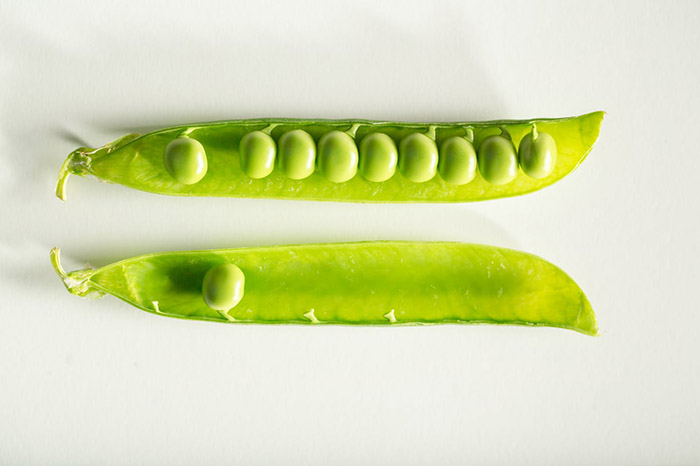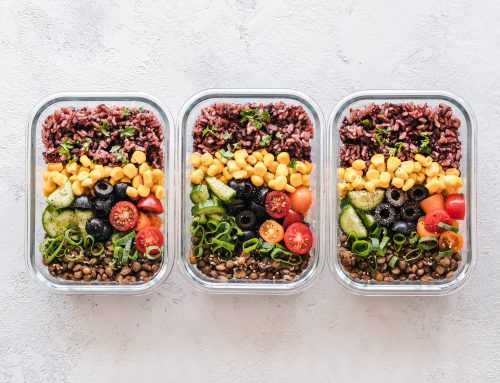I love this warmer weather as it means summer is on its way, which means yummy smoothies! I love making smoothies for myself and my family, and my 2½ year old son loves them too! They are a great way of giving extra vitamins and minerals to fussy toddlers too (thinking green smoothies).
‘Smoothie madness’, among foodies and health conscious people, seems to be everywhere. But while smoothies definitely taste delicious and provide an easy way to obtain many of your daily vitamins and minerals, they can also be a great way to obtain many unwanted calories.
Some things to keep in mind to maximise the health benefits from your smoothies:
• Many smoothies can be high in calories so consume within your energy budget. You may need to count them as a meal, rather than a snack or a drink.
• Fruit-based smoothies, while a great way to get extra vitamins and minerals, can provide excess fruit (= excess fructose/sugar and calories). Remembering that the recommend serves of fruit per day for adults is 2 serves, where 1 serve = 1 medium piece fruit, 1 cup chopped fruit or ½ cup fruit juice.
• Vegetable smoothies are a great way to get extra vitamins and minerals without extra calories from fruit sugar, and are great for getting your toddler to have more greens (see green smoothie recipe).
• Drinking your calories and your vegetables does have its downsides: it can be a disadvantage for people trying to lose weight as it less satiating, making you feel less full and may increase the tendency to eat more.
• Giving vegetables/greens to toddlers in a sweet smoothie does not encourage them to learn to like vegetables. So variety is the key. I.e. greens in a smoothie are fine sometimes, as long as you are still exposing children to all forms of vegetables.
Recently the trend is to use coconut milk/water or almond milk in smoothies instead of dairy. While this can provide a tasty alternative and is great for lactose or dairy intolerant people; it’s useful to understand the implications to nutrition content:
• Coconut milk/cream in a smoothie instead of milk/yoghurt will increase the calorie content from fat (100ml coconut cream provides 158 Calories and 16g fat vs 100ml full cream milk provides 71 Calories and 3.5g fat).
• Coconut products are not a source of calcium
• Almond milk will provide similar calories to cow’s milk (65 Calories per 100ml almond milk), but much less protein (0.6g protein vs 3.5g protein in 100ml cow’s milk). Not all brands of almond milk are fortified with calcium.
• Coconut water provides a refreshing tasty smoothie which is lower in calories compared to all milk varieties (17 Calories in 100ml coconut water) and a good source of electrolytes, but it does not contribute any protein or fat, making it a less satiating option, nor is it good source of calcium.
Another increasing trend is to add super foods to smoothies such as chia seed, flaxseed oil, maca powder, acai berries, etc. While these do increase their nutritional value, they can also increase cost significantly.
So what do I put in my smoothies? Well, it depends on a) what taste I feel like b) what I have in the house/fridge, c) whether it is a snack/drink or more of a meal, d) whether I want extra vitamins/minerals without the calories, and e) whether I want my son to eat more greens!
Over the next few weeks I will post a variety of smoothie options to try this summer:
RECIPE: Green Smoothie serves 2
Handful of kale or spinach (about 2 large kale leaves)
1 cup chopped Watermelon
1 Overripe Banana
½ Cucumber
½ cup water or coconut water
Ice
(2 serves fruit in total = 1 serve each)








